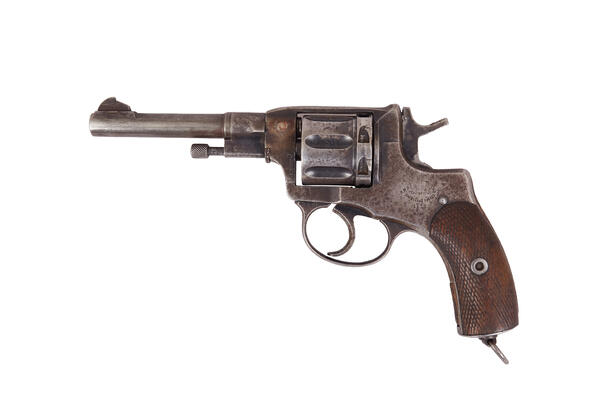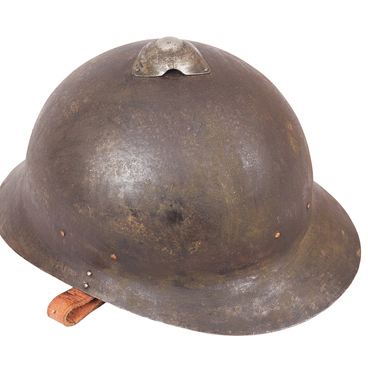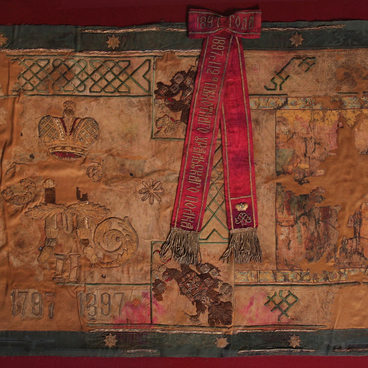In the late 19th century, the problem of the rearmament of the Imperial Russian Army became quite acute. The main rifle of the Russian army was the 3-line rifle, Model 1891. As for short-barreled weapons, the technically obsolete 4.2-line (10.67 mm) Smith & Wesson No. 3 revolver of the 1880 model was in service prior to the reform.
A commission headed by Lieutenant General Nikolay Ivanovich Chagin was set up to choose a new standard issue revolver. Many gun companies wanted to participate and win the profitable contract, but the main competition unfolded between the Belgian gunsmiths Léon Nagant and Henri Pieper. As a result, having added improvements to the design, Nagant emerged the winner, and the Russian army was to be equipped with the “7.62 mm Nagant Model 1895 Revolver” in two versions: a double-action version for officers and a single-action for non-commissioned officers and privates.
On May 13, 1895, by decree of Emperor Nicholas II, the “officer’s model” and the “private’s model” of the revolver were adopted by the Russian army. Under the terms of the contract, in addition to the supply of 20,000 revolvers, the Belgian manufacturer was obliged to assist in establishing the production of these guns in Russia. Serial production began in 1899 at the Imperial Tula Arms Plant.
The Nagant Revolver proved to be a reliable weapon, even in winter conditions. The soundness of the design helped prevent the gun parts from getting dirty; the quality of steel and the assembly of the revolver increased wear resistance and durability. Even a misfire would not prevent the soldier from taking the next shot, which most definitely was an advantage during battles.
By July 1914, the troops had about half a million
revolvers of all modifications. Almost the same amount was produced during the
war from 1914 to 1917. The Nagant Revolver was in service with the army of the
Russian Empire until the state’s collapse. Subsequently, with minor technical modifications,
it was in service with the Workers’ and Peasants’ Red Army until the end of the
Great Patriotic War.



